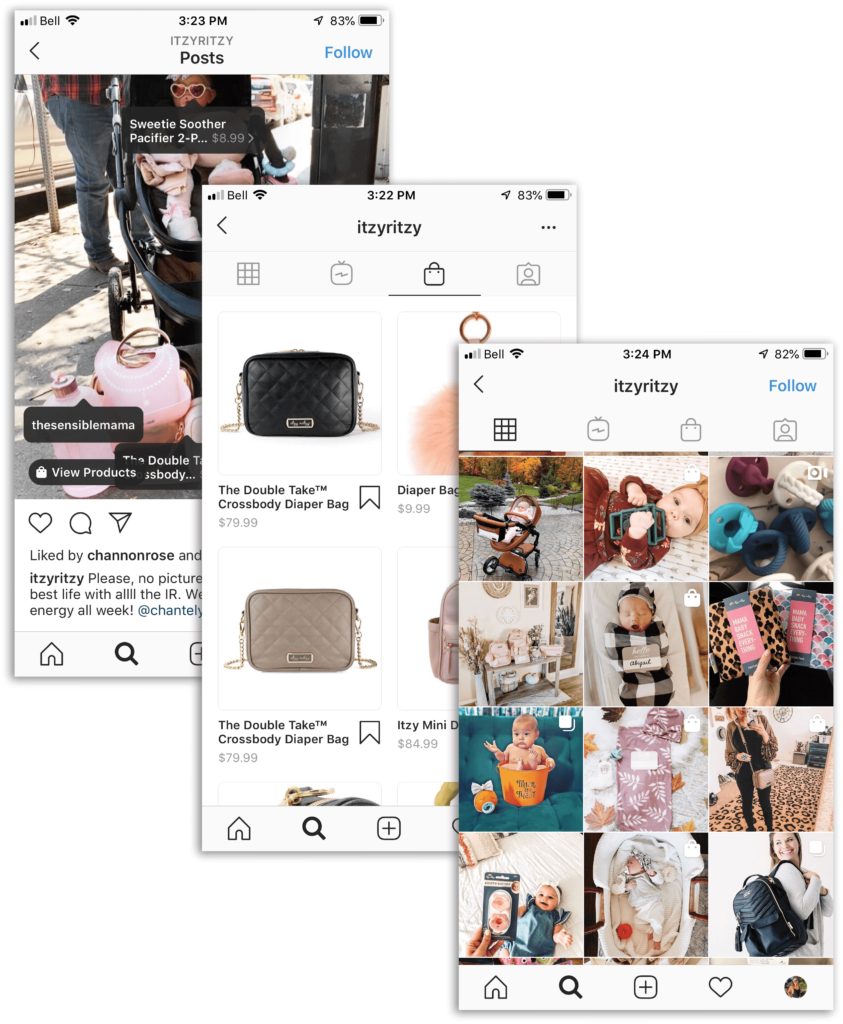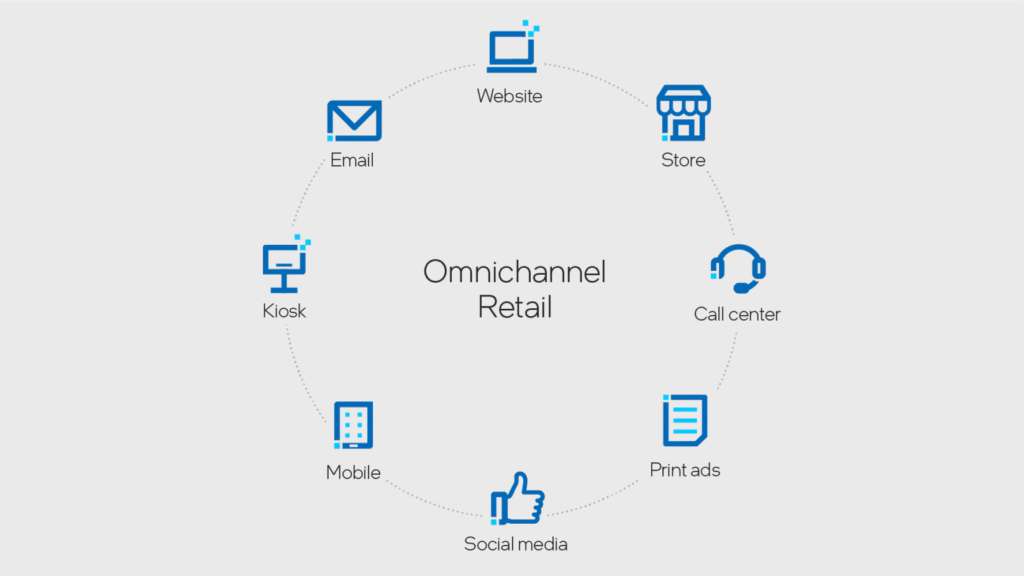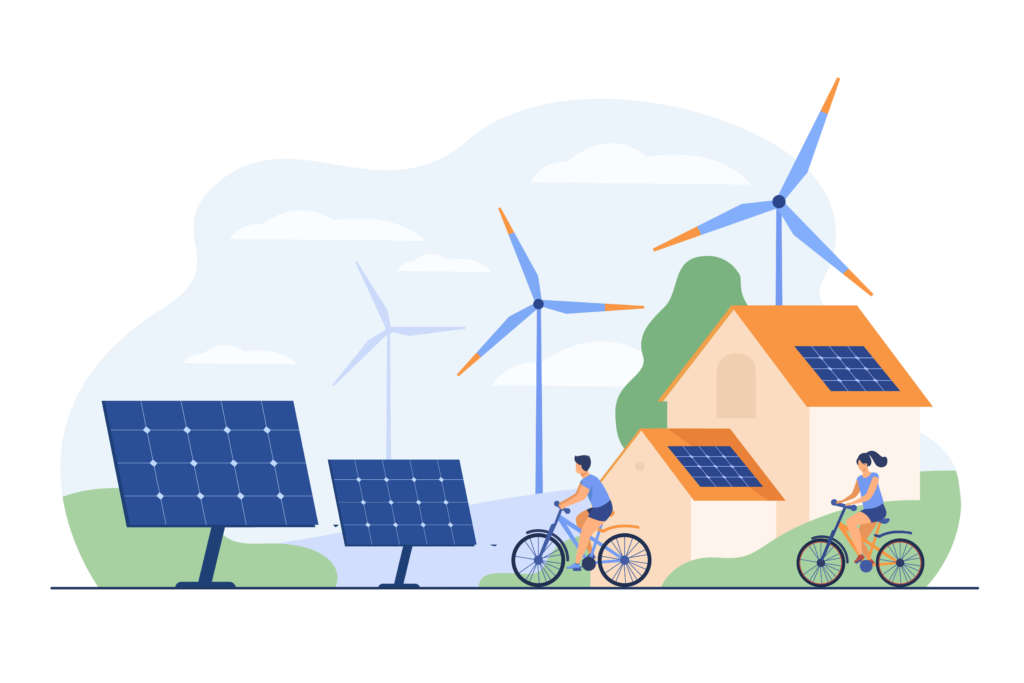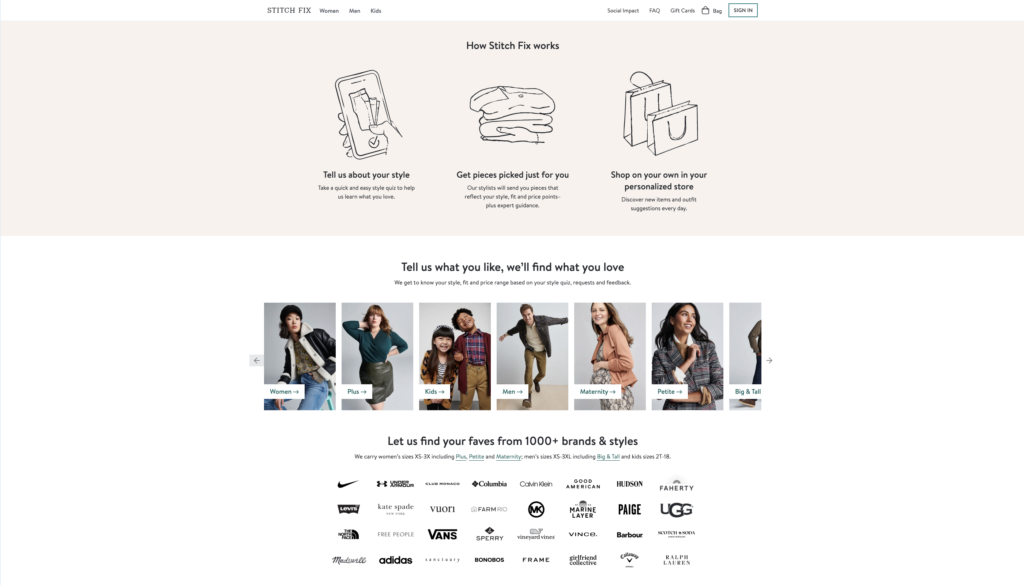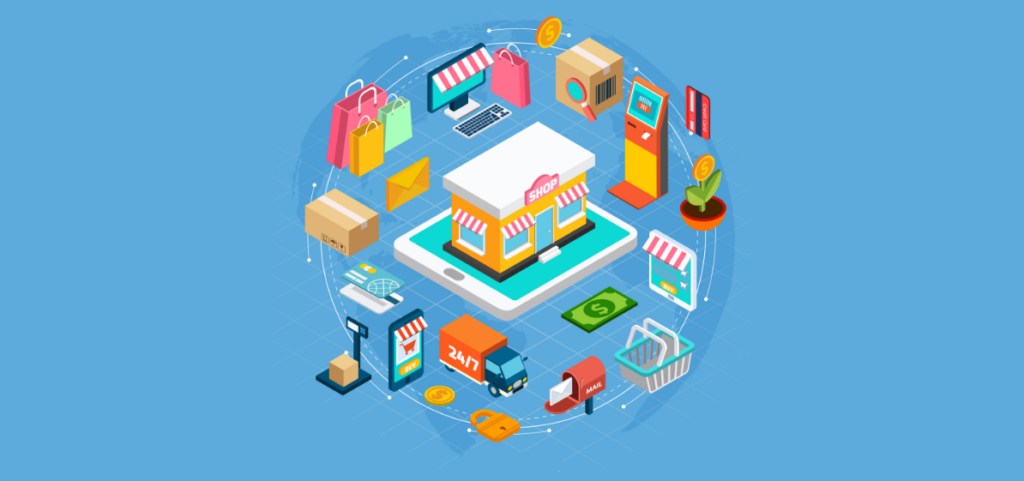
7 Top Retail Trends to Watch out for in 2023
In 2023, the global economy and the retail industry are entering a time of hope and uncertainty. ‘Hope’ because we finally seem to be recovering from the Covid-19 pandemic and ‘uncertainty’ because of the economic slowdown, geopolitical conditions, supply chain issues, labor shortages, and inflation.
Moreover, as modern-day shoppers adapt to technology, they have developed new expectations.
To succeed in such an environment, retailers and brands will need to strategize accordingly. They will have to balance growth strategies with tactics to manage uncertain economic conditions and the ever-rising consumer expectations.
They will need to become future fit, meaning they will have to reconfigure their business structure and capabilities to meet future customer demands.
The most effective way to do it is the timely implementation of technology and analytics.
In 2023 and beyond, we will see retailers leverage the power and potential of technology to offer customers new and exciting ways to buy products. This technology-led approach will allow retailers to take advantage of new opportunities, increase revenue, and capture additional market share.
In fact, eMarketer suggests that eCommerce spending will reach $36 billion in 2023 – a projected increase of 20% as compared to 2022.
Here, in this article, we are going to walk you through the top 7 retail trends for 2023 and beyond. You must watch out for these trends to stay ahead of the curve.
Top 7 retail trends for 2023
If there’s one thing that we learned in 2022 it’s that the future would be all about being flexible, consumer-centric, and technology-driven. So, the trends we discuss here are reflective of the same.
- Social commerce will take the front seat
- Voice-enabled shopping will become more popular
- Omnichannel retail would become critical
- Sustainability will be a top consideration for customers
- D2C businesses will flourish
- Personalization will become vital
- Metaverse and experiential retail will gain prominence
Let’s talk about each of them in detail.
1. Social commerce will take the front seat
Social commerce refers to using social media platforms like Facebook, Instagram, and TikTok to directly sell products without leaving the platform. The entire product purchase lifecycle takes place within the social media platform itself.
Social commerce is a trend that’s already quite popular because of the convenience it offers. But in the coming years, it is expected to take the front seat.
Directly shoppable media like live streams, tagged product photos, virtual consultations, or shoppable ads are among the fastest-growing advertising categories. TikTok and Instagram have become the biggest social networks customers use to make purchases.
Statista suggests that social commerce will become even more popular in 2023, with the value of social commerce sales expected to reach 1.3 trillion in 2023 and 2.9 trillion by 2026.
Moreover, 77% of millennials and Gen Z shoppers shop directly on social media platforms. As per Forbes, two-thirds of consumers today use social media as part of their shopping strategy. This makes social commerce a lucrative channel for retailers.
Furthermore, influencer marketing is becoming a sought-after marketing channel for eCommerce brands and retailers due to quick return on investment, strategic targeting, and positive advertising.
Thus 2023 is the best time for retailers to get started on social commerce as it will prove to be an effective tool in helping businesses thrive and stay competitive.
2. Voice-enabled shopping will become more popular
Voice-enabled shopping is the future.
Today, voice assistants like Alexa, Siri, and Google have become household names with millions of users across the globe. The rise in the popularity of voice search and voice-controlled smart speakers has been a game changer for eCommerce.
Voice search gives users the convenience of searching for products using only their voice instead of typing keywords. It also creates a more casual and enjoyable experience for customers.
By 2023, it’s estimated that half of internet searches will be through voice commands.
Moreover, voice search makes it easy for people to quickly find the products they need and enhance the checkout process.
All this means that voice shopping will continue advancing at a steady pace come 2023. We are going to see people becoming more confident in adopting voice commerce. Statista suggests that by 2023, the transaction value for eCommerce purchases made through voice assistants will reach $19.4 billion.
Moreover, with the development of natural language processing (NLP), eCommerce sites will become better at understanding complex voice queries and offering results with better accuracy. This will result in improved product recommendations that are more likely to convert into a purchase.
3. Omnichannel retail would become critical
Online-only brands may face a tough time in 2023 if they do not develop a physical presence of any sort. That’s because omnichannel presence will become a key factor for eCommerce growth in 2023.
The importance of having an omnichannel presence is one of the key trends highlighted in the Forrester retail predictions for 2023.
As consumers revert to pre-pandemic behavior, the penetration level for online retail will settle and consumers would look for physical stores.
So brands will have to either open physical stores, develop shop-in-shop locations, or have wholesale partnerships.
Having an omnichannel strategy in place would be crucial since customers no longer distinguish between online and offline shopping.
4. Sustainability will be a top consideration for customers
Conscious consumers will define retail habits in 2023 and beyond.
To succeed in 2023, retailers and brands will have to adapt to the fact that the majority of consumer buying decisions will lie around sustainability and environmentalism.
Consumers now show a strong desire to know if the products they are purchasing are created in an environment-friendly way. In the coming years, there will be a big demand for integrating environmental, social, and governance (ESG) principles.
So organizations that successfully adapt to this trend will find it easier to build trust and loyalty with their customers.
As per Capgemini, 79% of shoppers are changing their purchase preferences based on sustainability. Consumers will also be willing to pay more for sustainable products.
So, embracing sustainability will be a real revenue-generating opportunity for retailers in 2023.
5. D2C businesses will flourish
Direct-to-consumer (D2C) businesses have raised consumer expectations as customers now believe that D2C brands offer better quality products.
Since D2C brands own the entire sales cycle – from sales to distribution and marketing, they are better suited to offer more personalized experiences to shoppers.
Moreover, these brands can closely follow retail trends and use their data to offer meaningful and customized experiences. This is something that modern customers hold in high regard.
That’s why 61% of customers say that D2C brands provide a more personalized experience.
In 2023 and beyond, online shoppers will continue showing a preference for D2C sales channels. Nearly 60% of shoppers say they will go out of their way to purchase directly from a brand instead of a third-party seller.
For brands, the D2C path will offer an opportunity to boost profits by cutting out middlemen and other distributors. It will also solve the problem of counterfeit products, distorted brand image, or price violations.
6. Personalization will become vital
In the years to come, personalization will no longer be just a cherry on top. It will become a vital component of any eCommerce experience, with customers expecting personalized experiences at different touchpoints.
eCommerce brands will have to rely on more data than ever and then utilize data-backed insights to deliver personalized customer experiences.
So, brands lagging in personalization will have to play catch up in 2023.
Take the example of Stitch Fix which offers customers personalized clothing based on their individual preferences like budget, body type, style, and size.
In 2023, we will see more brands capitalize on the growing demand for unique and personalized products reflecting the customers’ personality or their individual sense of style.
Moreover, as discussed before, customers respond well to personalization and customization and are willing to go the extra mile for brands that can offer such experiences.
So we will see personalization being adopted in recommendations, shopping, emails, upselling, after-sales support, etc.
Brands that will create personalized touchpoints across the customer journey will benefit from it, making their customers feel more connected to the brand.
7. Metaverse and experiential retail will gain prominence
Metaverse isn’t just a futuristic concept anymore. In 2022, we saw many transformative innovations that led to the launch of several metaverse-based applications.
Earlier, the metaverse was only limited to gaming. But now we are seeing concerts, fashion shows, product launches, museum tours, business meetings, job interviews, employee training, webinars, networking events, and other such events happening in the metaverse.
In retail, metaverse offers customers the opportunity to virtually check out products and try them before making a purchase. While no one is sure what form metaverse will eventually take, retailers have already embraced it with enthusiasm as a means to give a more immersive, richer, and delightful purchase experience to customers.
With every other brand looking to have a piece of the metaverse, companies have been experimenting with new marketing strategies to engage with tech-savvy Gen Z customers.
Along with metaverse-based applications, 2023 will also witness experiential retail becoming mainstream.
It is a type of retail commerce where customers coming into a physical store are offered additional experiences beyond browsing and buying products. This includes virtual try-on, live music, art, lounges, video displays, AR/VR kiosks, etc.
Moreover, big retailers like Nike and Ikea are already experimenting with small concept stores where customers can experience products in VR before purchasing them.
So, in 2023, other brands will also look at remodeling their stores to join the experiential commerce bandwagon.
As the demand for more immersive experiences increases, we can expect to see more companies adopting metaverse and AR/VR technologies in 2023, with global spending on AR/VR expected to reach $72.8 billion by 2024.
Wrapping up
Looking at the retail trends for 2023, it’s clear to see that consumer behavior is evolving rapidly. To sustain and thrive, retailers will need to embrace innovation and flexibility while paying close attention to shopper expectations.
It’s also clear that technology will be the backbone of the new retail landscape in the coming years.
While we only discussed the top 7 trends here, we might also see other trends like wider adoption of automation in eCommerce, AI integration at different levels, and easing of supply chain issues.
If you liked reading this article, we would suggest checking these as well –

